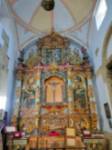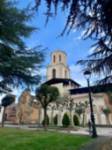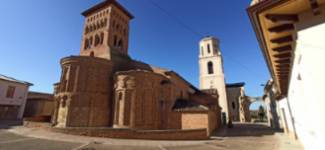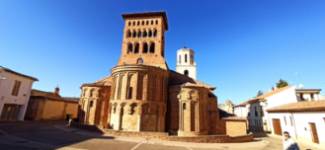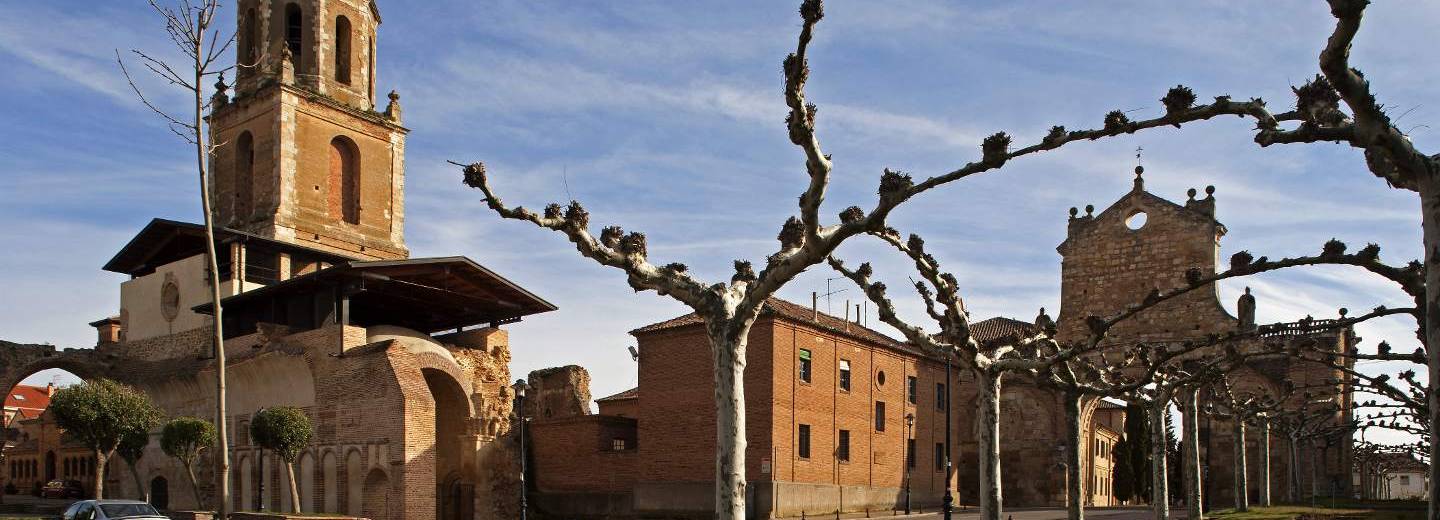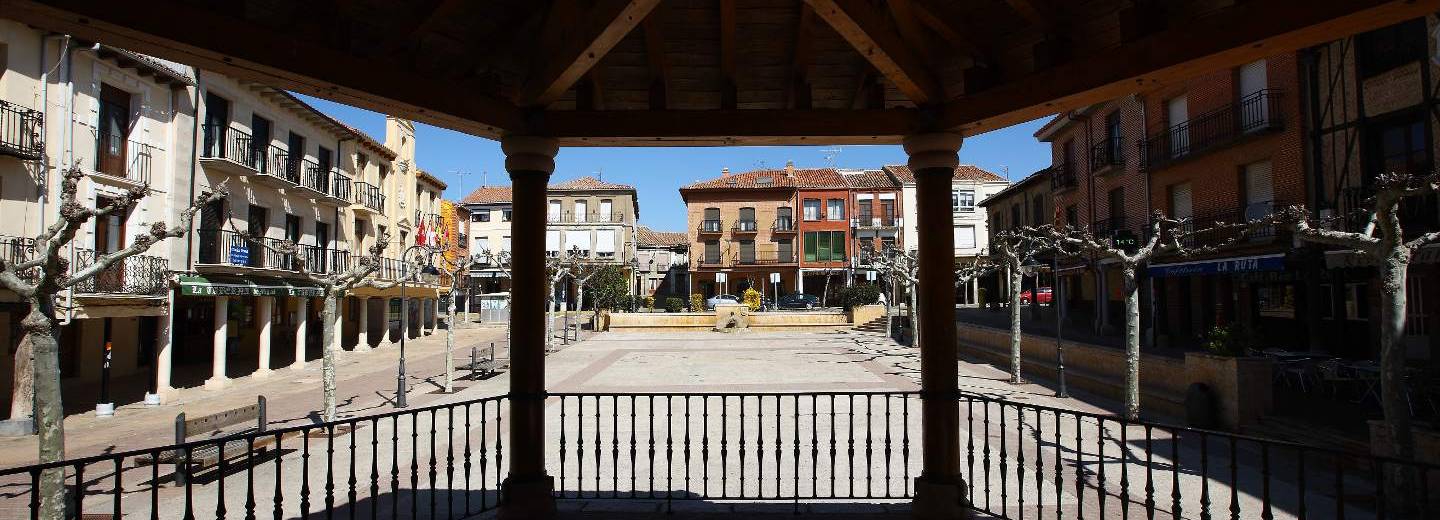Sahagún is a crossroads to Santiago
Sahagun
The great historical roots of Sahagún will surprise the traveler due to its impressive monumental complex. In the heart of Tierra de Campos, between the Cea and Valderaduey rivers, Sahagún is a fundamental point on the Camino de Santiago in the province of León. According to what is narrated in the "Codex Calixtinus", Sahagún is "prodigal in all kinds of goods", and it is here that the seventh stage of the Way ends, being mentioned as a recommended place to rest in the previous days before reaching Compostela.
The origin of the town is related to the legend of Saints Facundo and Primitivo, sons of San Marcelo, who were martyred and thrown into the Cea River in the 2nd century. An abbey dedicated to Sanctus Facundus, origin of the current name of Sahagún, was erected in his honour, and which would soon become a monastery. But it is Alfonso VI who will give more prominence to this historic town, promoting the French Way and the monastery of San Benito el Real, which he will choose as a burial place.
If Sahagún stands out for something, it is for its brick architecture, since it concentrates a significant number of Mudéjar temples that have made this town one of the most important centers of the peninsula. Its churches respond to the medieval Christian typology and are built in brick, although sometimes they include stone as a construction material. The most outstanding examples are the churches of San Tirso and San Lorenzo.




